
- This event has passed.
FANTASÍA PLACEBO
21 Oct - 3 Dec
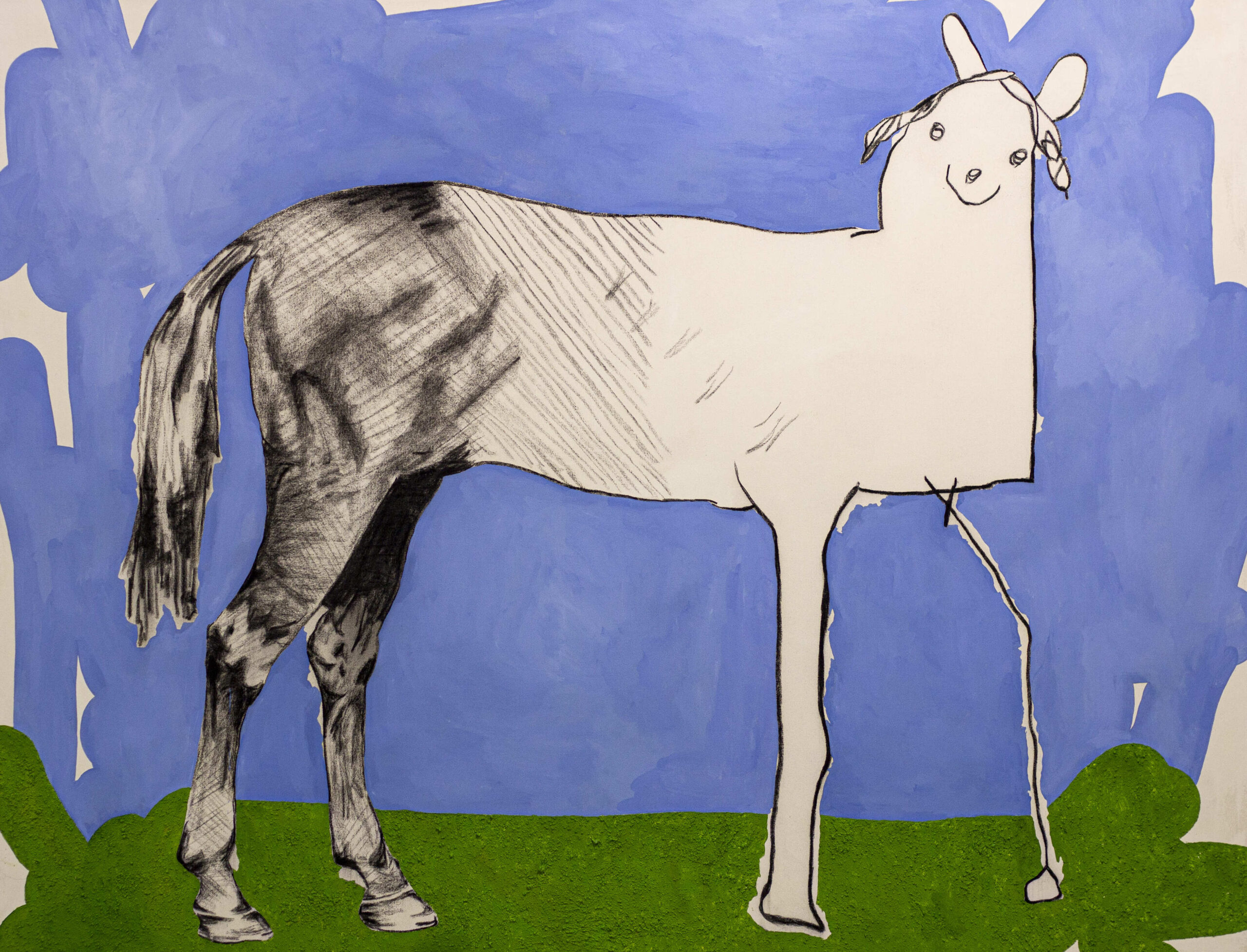
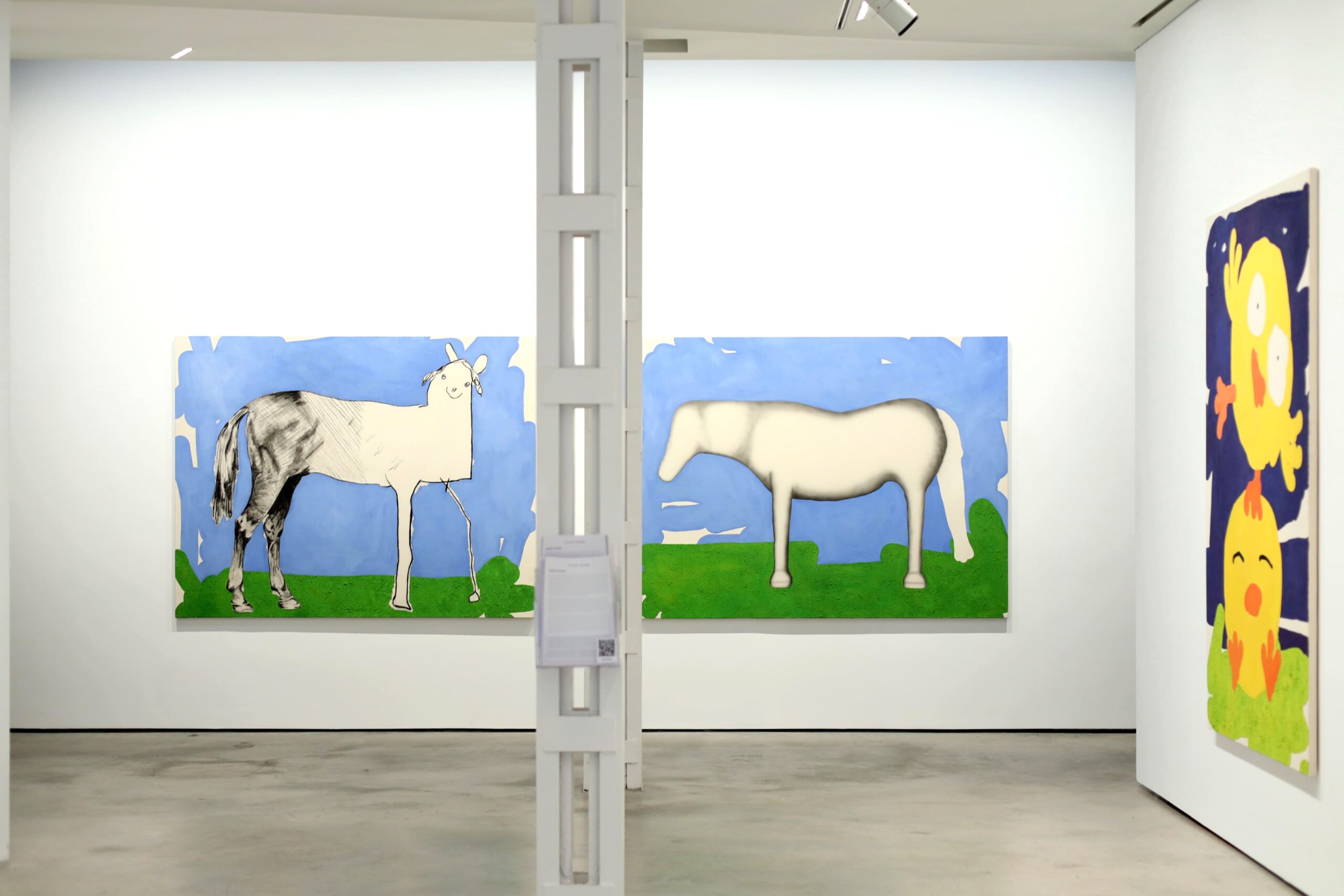
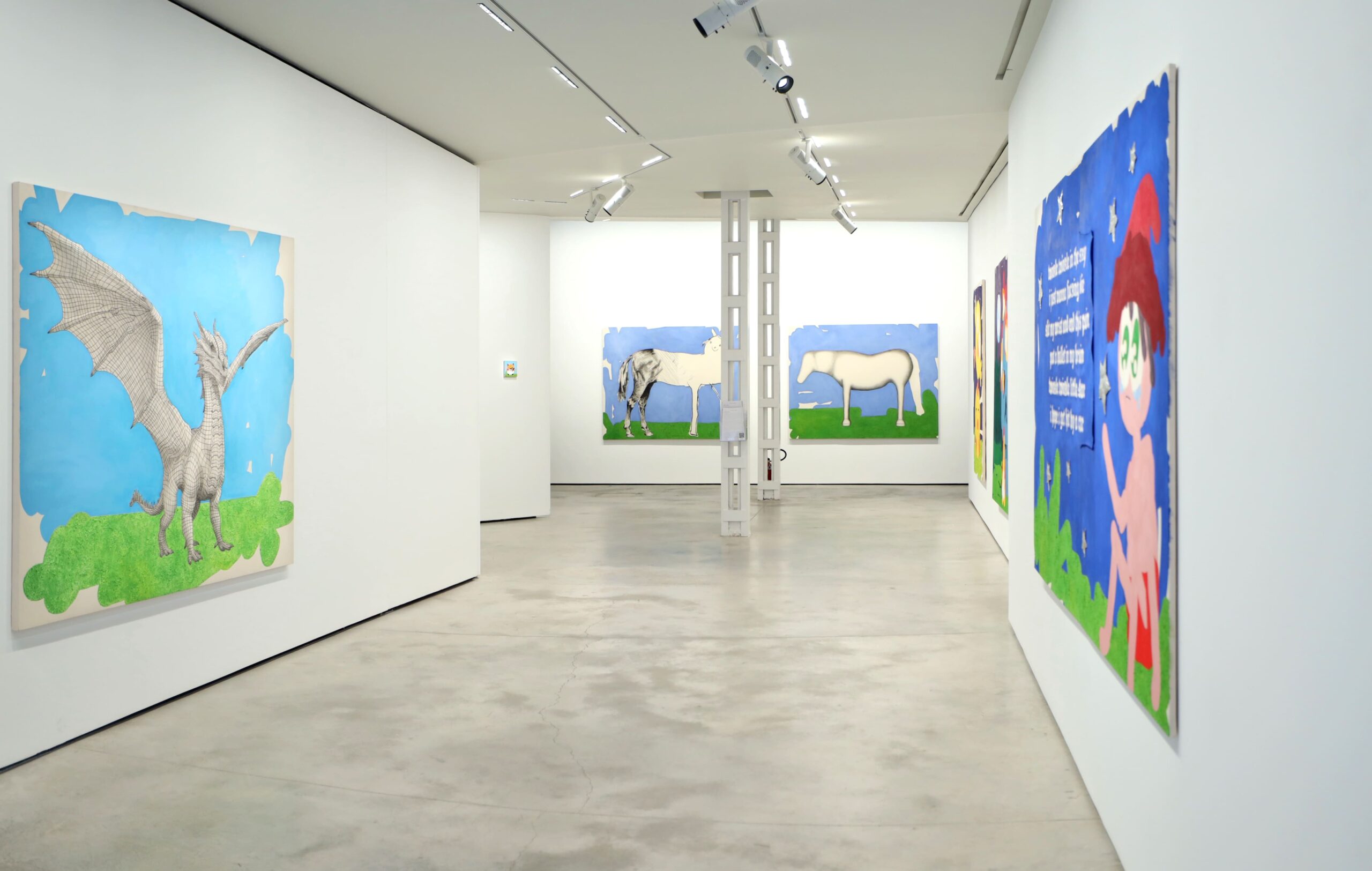
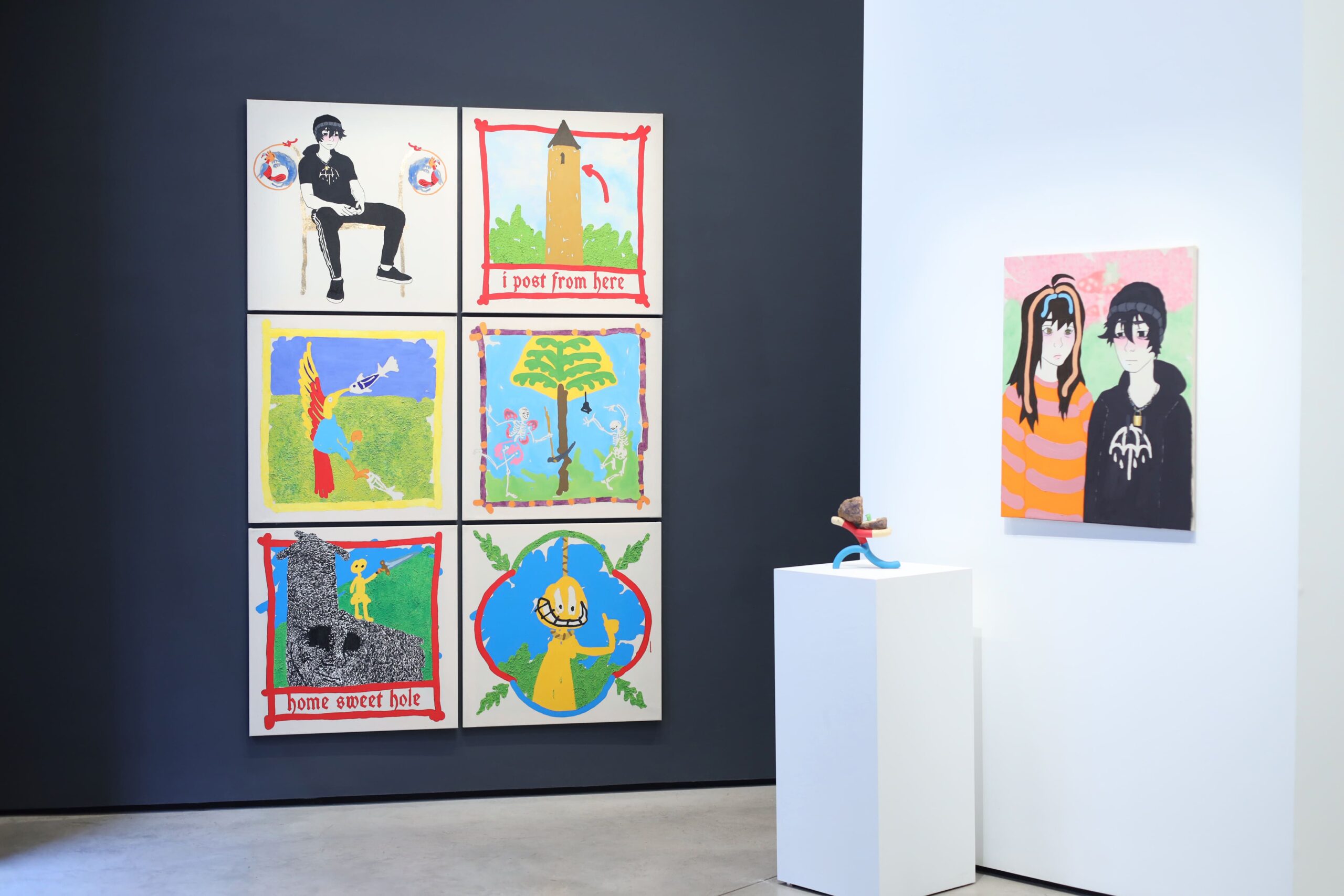
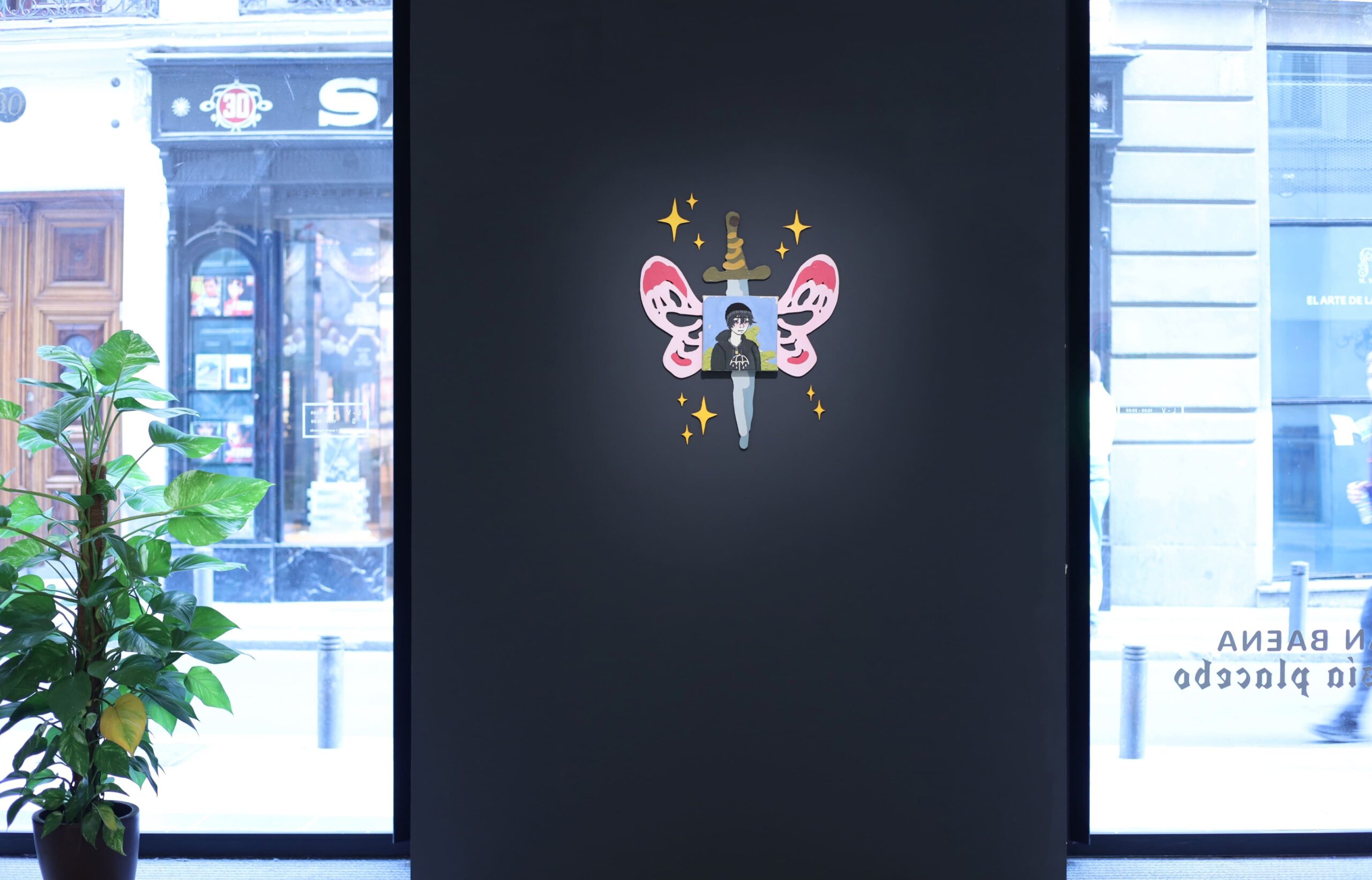
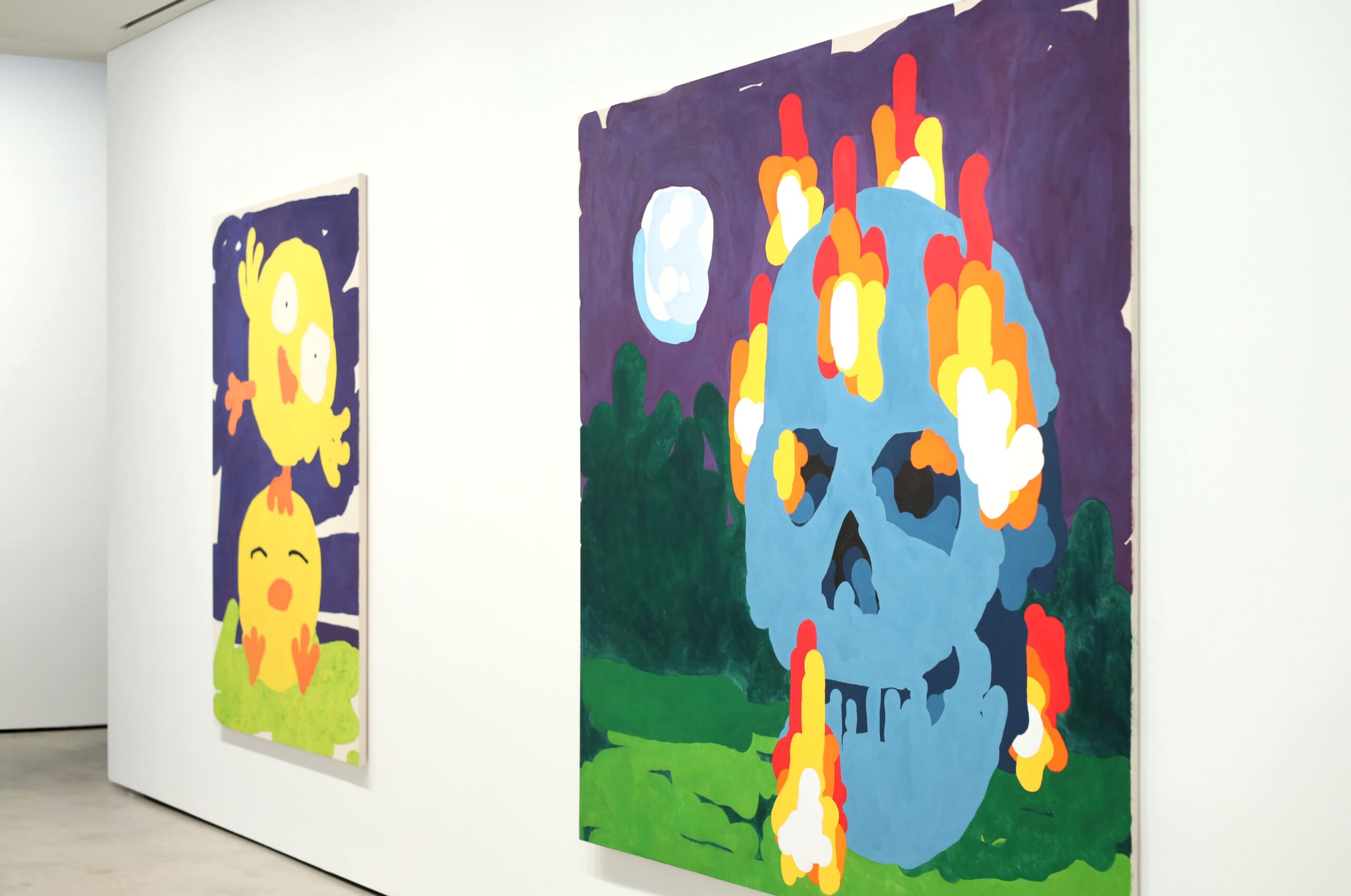
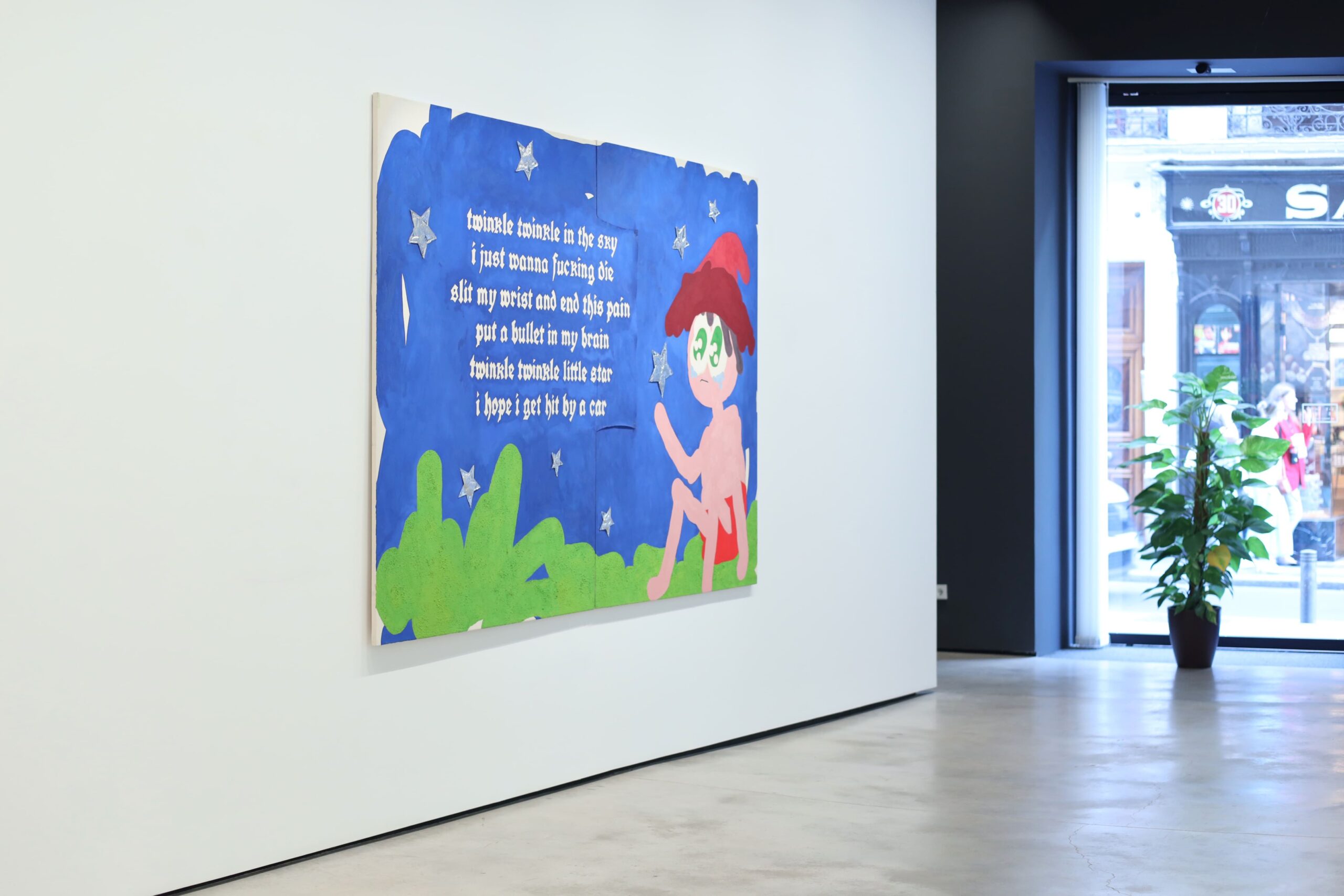
FANTASÍA PLACEBO
Fran Baena
History (after its “false end” a la Fukuyama) is postproduced and repeats more than twice, drifting from tragedy and farce to limerick and bipolarity. Trapped in the Russian ontological mountains of narco-capitalism (without a trace of that anachronistic Romanticism of metamodernism) we try to recuperate the presence when the desert of the real (promised a la Baudrillard in Matrix) ended up having the disciplinary logic of the pandemic quadrillage. Though Fran Baena is interested in the behavior of the hikikomoris, he is also fully conscious that the period of “social distance” has brought a nostalgia of presence that rings hollow like a childish rematerialization. The imagery of this young painter has been dynamized by the atmosphere of post-Internet (nothing but its invisibilization after it has become second nature) and, far from being a reactionary, striving to recuperate the caveman’s legitimacy of this “medium,” he draws from memes, gifs and the fury of images of Instagram.
Fantasía Placebo, though it may not seem at first glance, is an exhibition of what in the late 1970s was termed mixed-media: paintings with hybrid sediments extracted from lived on- &-offline experience; when Fran Baena speaks himself about these works he makes references, chiefly, to the hyperpop singer Rojuu, and also to the mythical figure of David Bowie, who inspired him to create the character Saddest Man Guinness Record which he impersonates himself. Music, from post-punk to grunge, alongside emo sensibility, inspire Baena who—there can be no doubt about it—is trying to draw strength from weaknesses. From a “bunkerized” position he tries, to a certain extent, to visualize a narrative which is not so much utopian but hauntological.
If in the Laocoonte (1766) Lessing takes as point of departure Winckelmann’s assertion according to which the Troyan priest, central figure of the famous Hellenic composition in marble, suffers as the Filoctetes of Sophocles and expresses the desire of “wishing we could withstand pain as this sublime character does,” in Fran Baena’s paintings, superficially “fun,” there throbs a contemporary sadness, which does not have the form of tragedy but of a swampy obscenity we call “banality.” This artist is obsessed with the relationship we have with the virtual, the digital addiction where, searching for the dopamine of the like and the heart emoji, we fall prey to a bitter depression. We are, as Geert Lovink brilliantly noted, sad by design, dragged by the tsunami of the “more-is-more aesthetic.”
As the political propaganda announces that “we do not need more dystopias,” viral anxiety still continue to infect us, and mental suffer does nothing but increase, a subject Fran Baena has directly approached in his reflections about his work. Mark Fisher called to “politicize depression,” in an attempt to “de-subject-ivize” vis-a-vis neoliberal discipline. That is the nightmare Fran Baena is also trying to wake up from and, to that end, he has broken the chains of his fantasy. Perhaps he has suffered the snake’s bite too and, from that desert island (like that tormented Filoctetes), he sends “messages in a bottle.”
Fran Baena, allow me the pedantry, is the psychopomp of the sinister networks (as familiar as they are uncanny) which, with his egg tempera paintings, offers us a placebo (that pharmakon which is neither poison-and-antidote but a lie which, parodying Nietzsche, makes life unbearable) to survive against all odds our connective-sedentarism. Producing sketches with the tools of Instagram Stories, he ends up playing with the traditional glazings, sublimating the cute, acting with a singular untimeliness but without renouncing to the conflicting dynamics of the present.
In thinking about his own work, Baena recollects that the human being returns, time and again, to the same eternal questions that also accosted Gaugin at the end of the 19th century: Where do we come from? Who are we? Where are we going? For Fran Baena the best analysis of these “uncertainties” is to be found in The Myth of Sisyphus (1942) by Albert Camus which he connects with our liquid modernity in which life, to a certain sense, seems to lack any sense. Not even childish images can protect us from the existential doubts, and we cannot convert ourselves (with impunity) in one of the lackeys of the Teletubbies, no matter how “accelerationist” we might be.
Perhaps Fran Baena’s aesthetic can be synthesized as a vanitas of the virtual (un)time. Its perverse figuration (Bitter like a lemon and poisonous like the already mentioned snake) is “symptomatic” of the zoomer generation where fun is edged with a somber outline. No matter how many filters we use as we turn in the hamster wheel of our selfie narcissism, in the mirror stage the repressed return, the anxious Real, to deploy terms dear to Lacan. Solitude, disappearance (in the phenomenon of reticular ghosting) or even suicide lurk within the imagery of this artist who brands himself as a “complete imbecile.”
Simmel observed in 1910 that tragic destiny happens when the destructive forces rebel against a being sprung from its deepest layers, as a “logical development” of that structure through which being has been positively constructed. Our singular tragedy of culture is a rhizome of superficialities. Fran Baena’s paintings sediment the déjà vu, fantasizing with something different and remain collapsed in the atopia of communication which does not convey anything. His “poor images,” in analogy to those described by Hito Steyerl in his work The Wretched of the Screen (2014) are, paradoxically though it may seem, exuberant and even “mannerist” at the same time that they function as sysmographies of sadness. Perhaps if we dress up, as Baena himself recommends, in our “best medieval-digital outfits” we might be able to overflow the wisdom of Silenus, transforming what for Camus was the most serious of philosophical problems (suicide) into a party that would offer (a minimum of) hope, something that can be only given when one has completed the descent down the abyss of hopelessness. Luckily for us, Fran baena paints his “melancholy” with hues of (meta)irony, offering, in the age of the tyrant individual, a final smile, though the noose is almost about to finish off the effigy. Et in Arcadia Ego or in terms of Fran Baena’s aesthetic, Anxiety Attacks in Paradise (2022). That’s how we rolling.
Fernando Castro.
Yusto/Giner delves into abstraction with Carlos Pesudo
23 May, 2021
Diario SUR
Yusto/Giner participates in Estampa April 2021
17 May, 2021
Estampa 2021 08.04 - 11.04.2021 Yusto/Giner participates in Estampa with the following: Julio Anaya Cabanding Victoria Maldonado Ana Barriga Imon Boy Emmanuel Lafont Maria Pratts In: IFEMA, Madrid
Art puts Dubai back in frame
6 Apr, 2021
Harper’s Bazaar ART – Identity Chapter
5 Apr, 2021
New York Post: In Dubai, an art show’s return reflects city’s new normal
4 Apr, 2021
Forbes: Highlights From Art Dubai 2021: The World’s First In-Person Art Fair Since The Pandemic
3 Apr, 2021
IMON BOY, el grafitero que seduce a los coleccionistas
1 Apr, 2021
Art Dubai returns with fresh ambitions
1 Apr, 2021
Associated Press: In Dubai, an art show’s return reflects city’s new normal
1 Apr, 2021
La mirada del humor, Ana Barriga
2 Mar, 2021
Details
- Start:
- 21 Oct
- End:
- 3 Dec
- Event Categories:
- EXHIBITIONS, Fran Baena
- Event Tags:
- Fran Baena
Local
- Yusto/Giner Gallery
-
C/Madera nº9
Marbella, Málaga 29603 España - Teléfono:
- +34 951 507 053